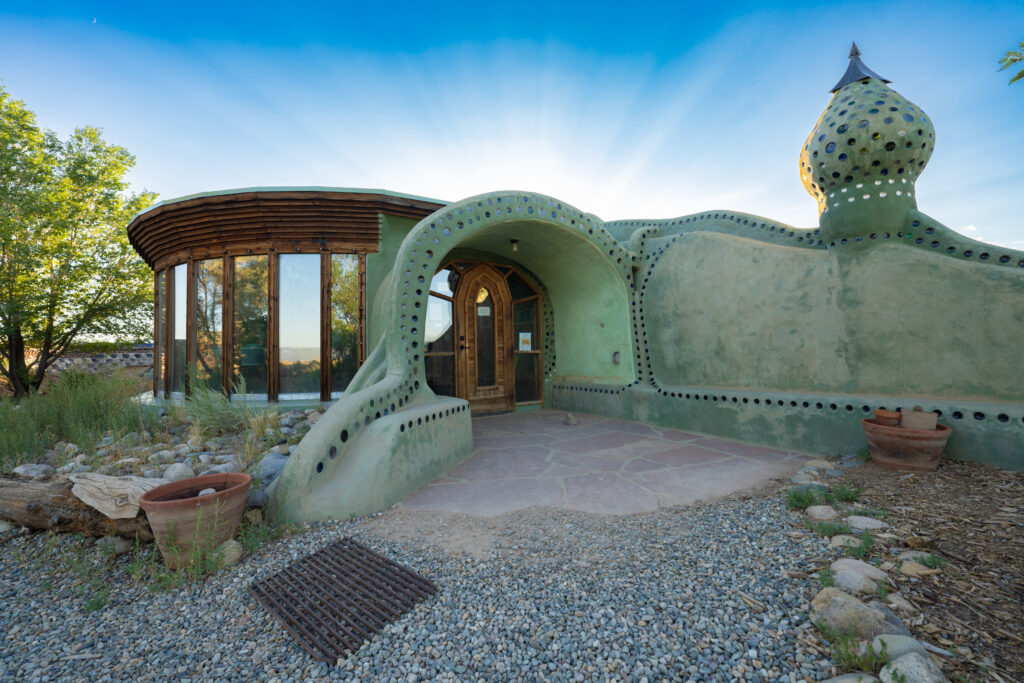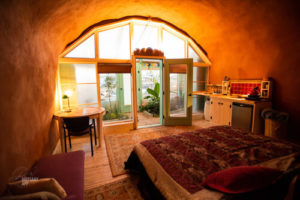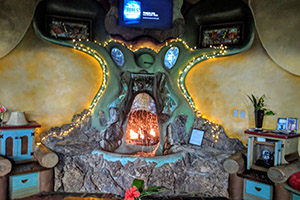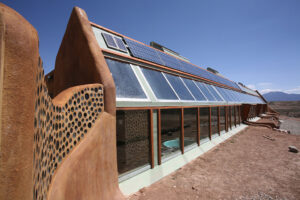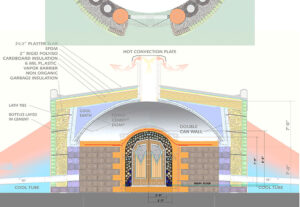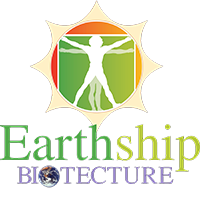Lithium batteries are on a lot of people’s minds these days. Lithium battery technology allows for smaller and lighter battery banks, very low maintenance, greater depth of discharge compared to lead acid batteries, and much longer cycle life.
Lithium is the lightest of all elemental metals, has the greatest electrochemical potential and provides the largest specific energy (storage capacity) by weight of any metal. Early tests with lithium discovered inherent instabilities with the lithium metals. Lithium ions replaced the metals and after improvements to stability and safety, experiments using various materials as anodes and cathodes strengthened performance qualities for higher specific energy (capacity), higher specific power (current flow) and longer cycle life. Lithium-ion batteries are currently manufactured using a number of different chemistries to optimize different attributes such as low cost and high capacity.
Lithium Cobalt Oxide (LiCoO2, LCO) is a Li-Ion battery with very high specific energy. This battery type is a popular choice for mobile electronics. It is less stable, has less specific power and shorter life span than other lithium-ion chemistries. Lithium Nickel Manganese Cobalt Oxide (LiNiMnCoO2, NMC), is one of the most successful Li-ion systems with a cathode combination of nickel-manganese-cobalt. These chemistries can be tailored to provide higher specific energy (capacity) or higher specific power (current). The secret to NMC style batteries is the combination of nickel and manganese. Analogous to table salt, in which sodium and chloride are toxic on their own but can season and preserve food when blended, the nickel and manganese complement each other’s strengths for a more powerful battery. These batteries are typically used in Electric Vehicles and E-bikes. They are generally less stable than other lithium battery systems.

The latest battery chemistry to hit the renewable energy market is Lithium Iron Phosphate (LiFePo4, LFP). LiFePo4 systems tout more cycles for longer life along with greater stability and safety. This chemistry is shown to create higher specific power (current) than other types of LI-Ion batteries. LiFePo4s have a very flat voltage discharge curve. LiFePO4 batteries are more tolerant to full charge conditions and are less stressed than other Li-Ion systems if kept at high voltage for a prolonged time. Even compared to Lithium Nickel Manganese Cobalt Oxide (NMC), LiFePo4 batteries have been shown to tolerate somewhat higher charging current and provide more charge/discharge cycles at a lower price point.
All Li-Ion battery systems suffer performance loss in colder temperatures (<40°F) while elevated storage temperature (>85°F) shortens the service life of the battery. LiFePo4 batteries have a somewhat higher self-discharge rate than other Li-ions, however all Li-ion systems have greatly reduced self-discharge rates compared to lead acid batteries. Moisture is detrimental to most Li-Ion cells, but LiFePo4s are especially susceptible to a dramatically decreased life span when subjected to moisture. While most battery cells are sealed from moisture, Backwoods Solar encourages moisture mitigation when using LiFePo4 batteries in damp environments.
Lithium-ion battery technology continues to evolve as new chemical compounds are evaluated in an attempt to increase the performance characteristics of Li-Ion batteries. Backwoods Solar is enthusiastic about recent improvements to LiFePO4 batteries and recommends that everyone looking for a new or replacement battery bank takes a look at lithium batteries and the benefits they provide.

